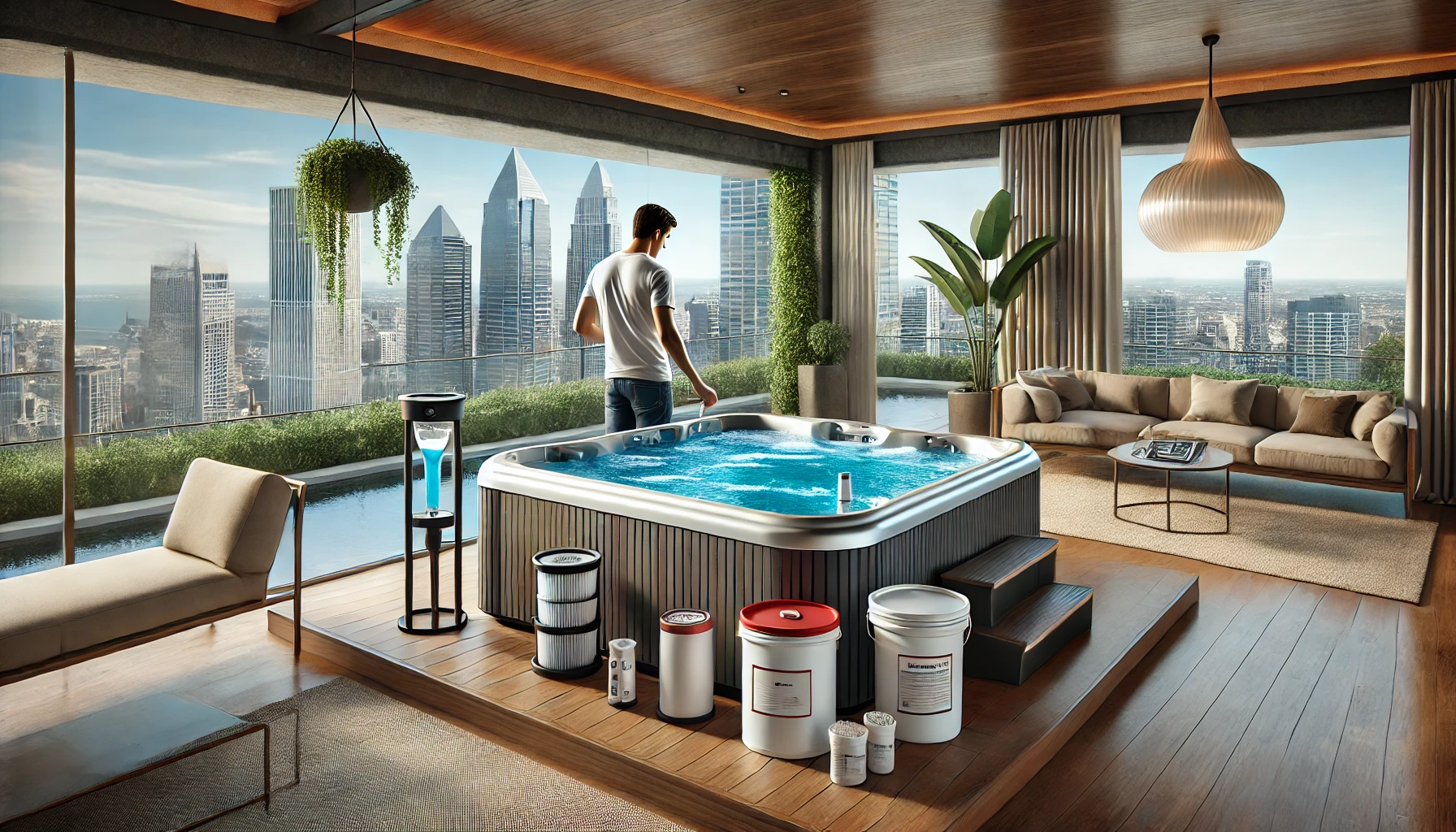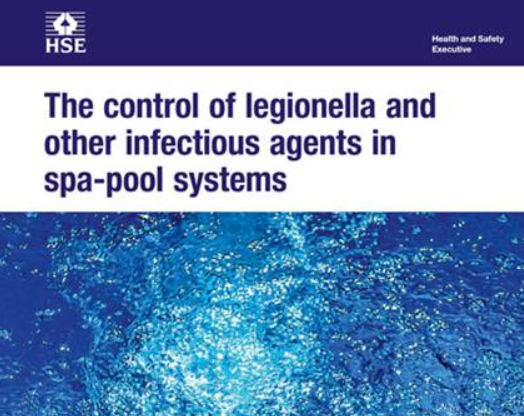Top Ten Essential Hot Tub Tips to Maintain and Reduce Repair Costs
Maintaining your hot tub isn’t just about keeping the water clean—it’s about ensuring your investment lasts for years to come. By following these Essential Hot Tub Maintenance Tips, you can avoid costly repairs, extend the life of your spa, and enjoy a consistently relaxing experience. Regular upkeep, from balancing water chemistry to inspecting the plumbing, not only keeps your hot tub running smoothly but also ensures a safe and comfortable environment for you and your guests. Dive into these top tips to keep your hot tub in peak condition.
1. Regularly Test and Balance Water Chemistry
- Why: Keeping your water chemistry balanced prevents problems like cloudy water and scaling, which can lead to expensive repairs.
- How: Use test strips or a digital tester to check the pH, alkalinity, and sanitizer levels. Aim for a pH between 7.2 and 7.8. Adjust as needed with pH increasers or decreasers.
2. Maintain Proper Chlorine Levels
- Why: Proper chlorine levels are crucial for sanitising the water and keeping it clean.
- How: For a 1500-litre hot tub, use 1 teaspoon of chlorine granules per person per hour of use. This maintains about 1 ppm of chlorine, which helps keep the water sanitary.
3. Clean and Replace Filters
- Why: Filters keep the water clear and the hot tub running smoothly. Dirty or clogged filters can damage the pump and lead to costly repairs.
- How: Rinse filters with a hose every few weeks and deep clean them with a filter cleaner every 1-2 months. Replace them according to the manufacturer’s guidelines.
4. Clean the Hot Tub Cover
- Why: A clean cover extends its lifespan and helps keep the hot tub energy-efficient by retaining heat and keeping out debris.
- How: Use a vinyl cleaner and a soft cloth to clean the cover. Follow the product instructions for best results.
5. Adjust the Temperature for Energy Efficiency
- Why: Lowering the temperature when the hot tub isn’t in use saves on energy and reduces wear on the heating system.
- How: Turn down the temperature when you’re not using the hot tub and raise it back up before use.
6. Inspect Plumbing Annually
- Why: Regular inspections help catch leaks or blockages early, preventing major issues and costly repairs.
- How: Check for leaks around jets and plumbing connections. Consider having a professional perform an annual service to ensure everything is in good condition.
7. Avoid Glass in the Hot Tub
- Why: Glass can break and cause injury, and it’s hard to remove from the hot tub.
- How: Use plastic cups or hot tub-safe drinkware to prevent accidents and keep your hot tub safe.
8. Use a Clarifier if the Water Gets Cloudy
- Why: A clarifier helps clear up cloudy water by binding small particles together so they can be filtered out more easily.
- How: Add the clarifier according to the manufacturer’s instructions if the water becomes cloudy. Run the jets to circulate the product and then clean the filter.
9. Use Biofilm Removers if Necessary
- Why: If your hot tub has not been well maintained, biofilm removers can help eliminate build-up from the plumbing system.
- How: Add a biofilm remover according to the instructions and run the jets to ensure it circulates through the plumbing.
10. Monitor and Manage Hot Tub Usage
- Why: The frequency and manner of use affect maintenance needs and water quality.
- How: Adjust your maintenance routine based on how often and how many people use the hot tub. More frequent use may require more sanitiser and regular cleaning.
Footnote: Additional Essential Hot Tub Tips
- Surface Cleaning: Although not essential, cleaning the hot tub’s surfaces can help prevent grime build-up. Use a non-abrasive cleaner and a soft cloth to wipe down the interior and cover.
- Hot Tub Use Variables: Factors such as how often the hot tub is used and the number of users affect maintenance needs. Regularly adjust your maintenance routine to match actual usage to keep your hot tub in top condition.

